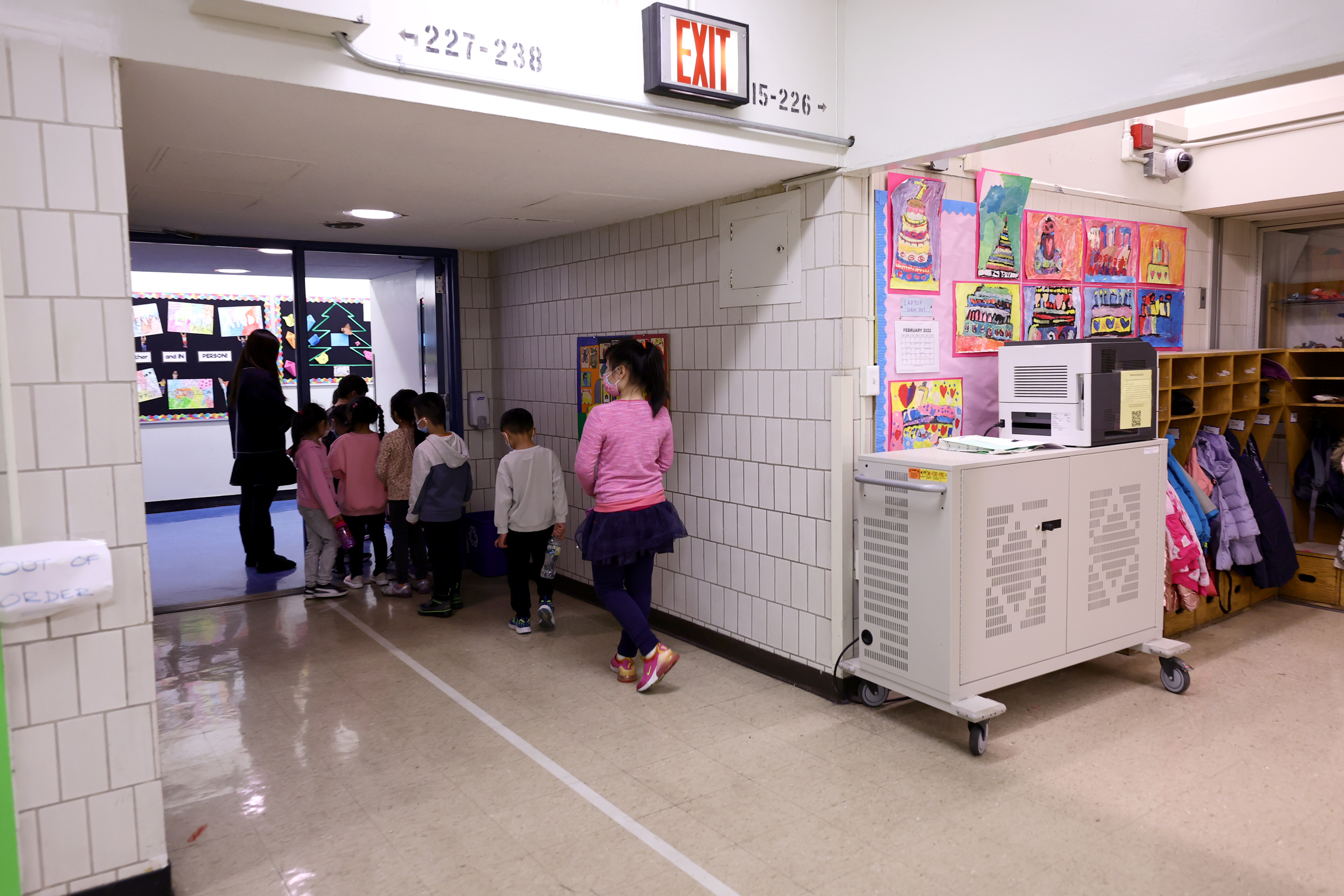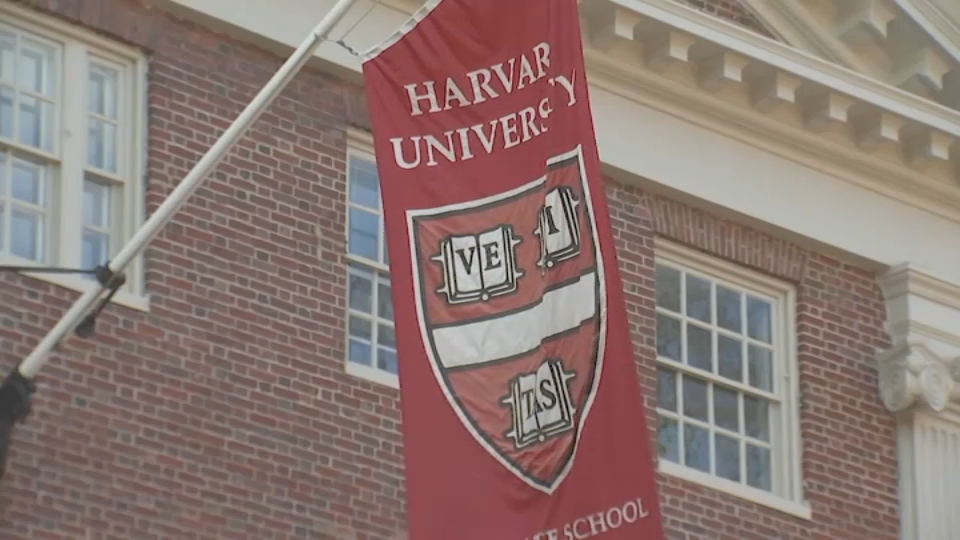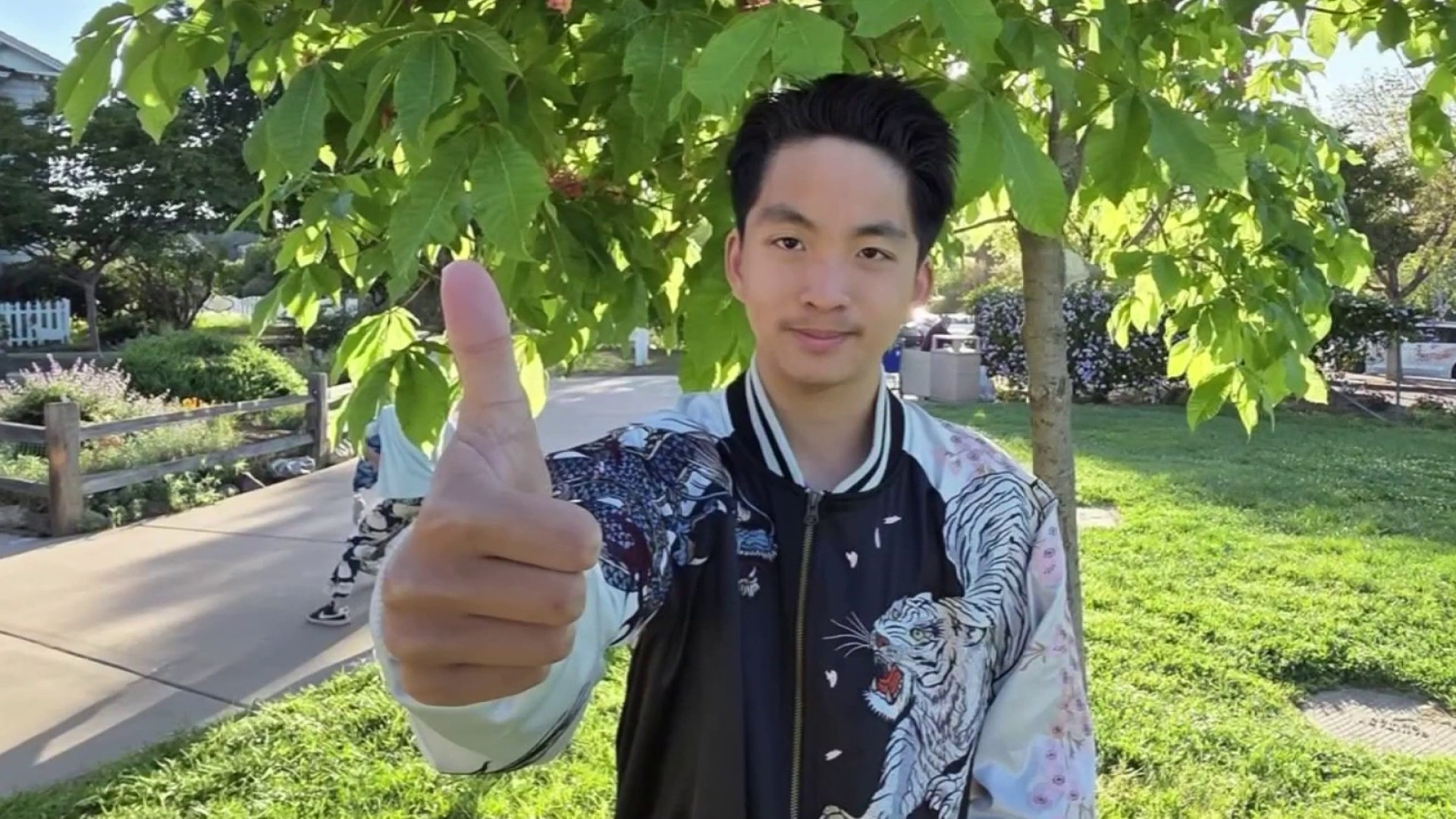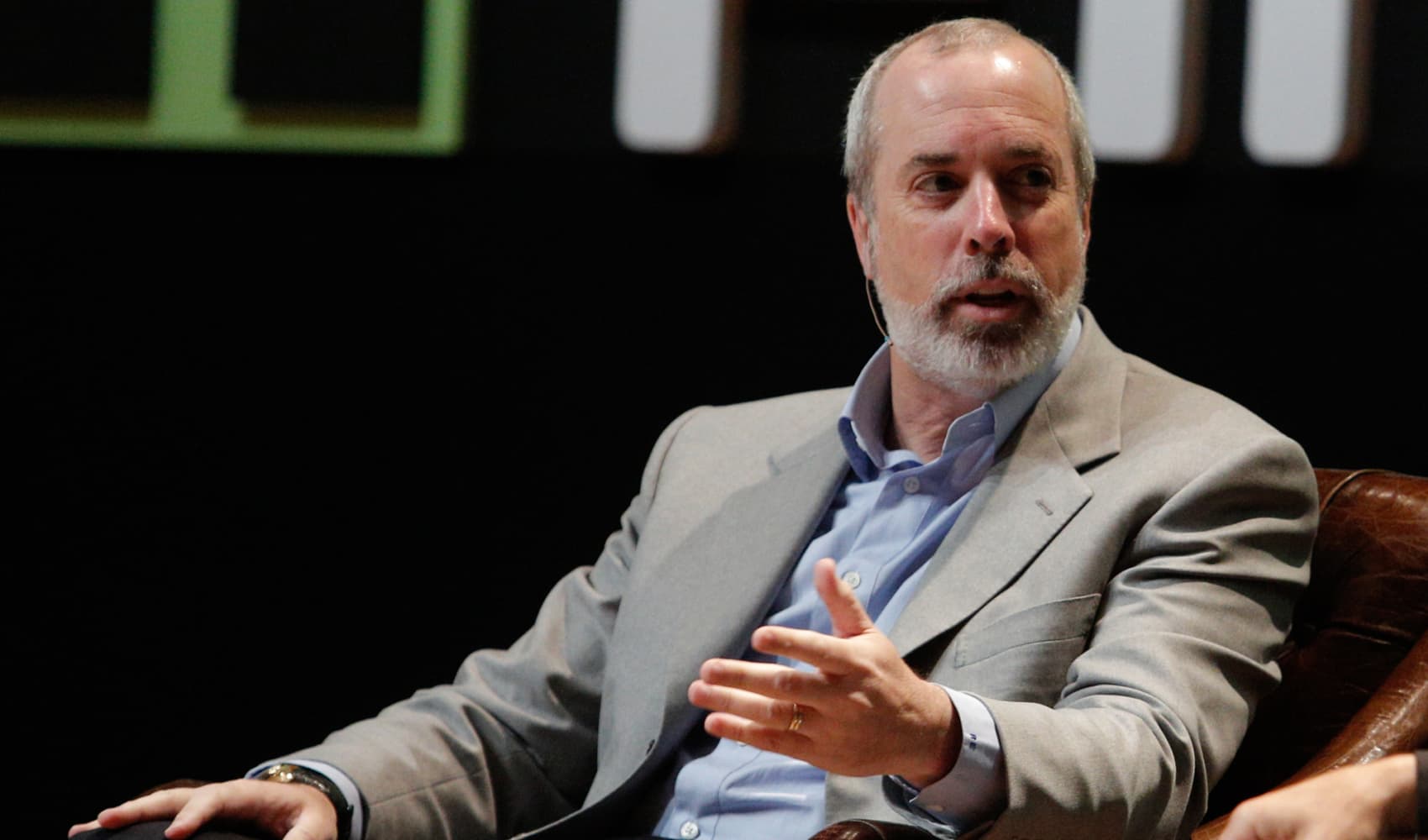Teacher's Pajama Panic: Viral School Story Explained!
Pajama Panic! Teacher's Hilarious Late-Night School Dash Goes Viral
Introduction
Ever had that sudden jolt of realization that you forgot something incredibly important? Imagine that feeling, amplified by the responsibility of an entire classroom of students ready to take a crucial state exam. That's precisely what happened to Sarah Ashley Winans, a middle school teacher in Eastman, Georgia, and her reaction has the internet buzzing! What makes this story so captivating? It's relatable, funny, and highlights the dedication of teachers who go above and beyond for their students.
The Midnight Awakening: A Teacher's Worst Nightmare
Sarah Ashley Winans was fast asleep when suddenly, a wave of anxiety washed over her. But this wasn't your typical pre-test jitters; this was a full-blown "Oh no, what have I done?!" moment. As she recounted to TODAY.com, she shot straight up in bed, realizing she hadn't plugged in the Chromebook cart. Picture it: the weight of an entire class's success resting on those little devices, and they're all potentially dead! That's a teacher's worst nightmare realized.
The Culprit: A Pencil Sharpener's Insidious Plot
So, how did this technological tragedy occur? The answer is surprisingly mundane: a pencil sharpener. Winans explained that her classroom has limited outlets. To ensure her students had freshly sharpened No. 2 pencils (a state testing requirement), she unplugged the Chromebook cart to power the sharpener. In the whirlwind of test preparation, plugging it back in completely slipped her mind. It's a classic case of good intentions gone awry. We've all been there, right?
The Peril of Limited Outlets: A Teacher's Resourcefulness
Why didn’t she just use another outlet? The sad reality is that many classrooms are woefully under-equipped with electrical outlets. Teachers constantly have to juggle competing demands for power, from document cameras to interactive whiteboards. This lack of resources often forces them to make difficult choices, sometimes with unforeseen consequences.
The Pajama Pilgrimage: A Viral Video is Born
What did Winans do next? Did she panic? Did she call the school in a frenzy? Nope. She grabbed her keys, threw on her pajamas, and headed back to school in the middle of the night. The resulting video, shared on April 23rd, quickly went viral, capturing the hearts of viewers everywhere. The relatability of the situation, combined with Winans' genuine and humorous delivery, made it an instant hit.
Why the Pajamas? Embracing Imperfection
Let's be real, who wants to get fully dressed at 2 AM? Winans' decision to embrace the pajama-clad adventure added another layer of humor and authenticity to the story. It's a reminder that teachers are real people with real lives, juggling countless responsibilities. The pajamas are a symbol of the late nights and early mornings that teachers often dedicate to their students.
The Chromebook Cart: A Technological Lifeline
In today's educational landscape, Chromebooks have become indispensable tools for learning and assessment. They provide access to online resources, interactive learning platforms, and standardized testing platforms. For Winans' sixth-grade class, those Chromebooks were the gateway to their state exam. A dead Chromebook cart would have meant a significant disruption and potentially jeopardized their performance.
The Importance of Test Prep: Beyond the Curriculum
Preparing for state exams is a multifaceted process that extends far beyond the classroom curriculum. It involves ensuring students are familiar with the testing format, providing practice opportunities, and creating a supportive and stress-free environment. Teachers like Winans invest countless hours in these efforts, often sacrificing their own time and energy.
The Viral Reaction: Why the Story Resonated
Why did Winans' story strike such a chord with people? Because it's real. It's authentic. It's a glimpse into the often-unseen dedication and sacrifices that teachers make every day. The internet loves a story about someone going above and beyond, especially when it's delivered with humor and humility.
The Power of Social Media: Sharing a Teacher's Reality
Social media has provided a platform for teachers to share their experiences, challenges, and triumphs. Winans' viral video is a prime example of how these platforms can amplify the voices of educators and shed light on the realities of the profession. It's a reminder that behind every classroom, there's a dedicated individual working tirelessly to make a difference.
Test Anxiety: It's Not Just for Students
The story also highlights a lesser-known aspect of the teaching profession: test anxiety. While students are often the focus of concerns about test-related stress, teachers also feel the pressure of ensuring their students are prepared and successful. Winans' midnight awakening is a testament to the anxiety that teachers can experience leading up to important assessments.
Supporting Teachers: Addressing Stress and Burnout
Teacher burnout is a serious issue that can have a detrimental impact on the quality of education. Providing teachers with adequate resources, professional development opportunities, and mental health support is crucial for preventing burnout and ensuring they can continue to thrive in their roles. We need to support those who are shaping the future generations.
The Aftermath: Lessons Learned and Laughter Shared
What happened after Winans plugged in the Chromebook cart? The story doesn't say, but one can imagine a collective sigh of relief as those little devices began to charge. More importantly, the incident provided a valuable lesson for both Winans and her students: sometimes, even the most dedicated among us make mistakes. The key is to own up to them, learn from them, and find the humor in the situation.
The Importance of Forgiveness: Grace in the Classroom
Forgiveness is an important virtue, especially in the classroom. Winans' willingness to share her mistake and laugh at herself sets a positive example for her students, demonstrating that it's okay to be imperfect. Creating a culture of forgiveness fosters a more supportive and resilient learning environment.
The Unsung Heroes: Recognizing Teacher Dedication
Winans' story is a reminder of the countless unsung heroes who dedicate their lives to educating and inspiring the next generation. Teachers are not just instructors; they are mentors, role models, and advocates for their students. Their dedication often extends far beyond the classroom walls, impacting the lives of their students in profound ways.
The Future of Education: Embracing Technology and Humanity
As technology continues to evolve, it will play an increasingly important role in education. However, it's crucial to remember that technology is just a tool. The human element – the passion, dedication, and empathy of teachers like Sarah Ashley Winans – remains the most essential ingredient for creating a meaningful and impactful learning experience. Let's not forget the human connection in a tech-driven world.
Conclusion
Sarah Ashley Winans' pajama-clad adventure is more than just a funny anecdote; it's a testament to the dedication, resourcefulness, and humor of teachers everywhere. Her story reminds us that teachers are real people who go above and beyond for their students, even if it means a late-night dash to school in their pajamas. It also highlights the challenges they face, the anxieties they experience, and the importance of supporting them in their crucial role. Let's all take a moment to appreciate the amazing teachers in our lives.
Frequently Asked Questions
Q: What state exam was Sarah Ashley Winans' class preparing for?
A: The article refers to a state exam for her sixth-grade class, but the specific name of the exam isn't mentioned.
Q: Why did Sarah Ashley Winans unplug the Chromebook cart?
A: She unplugged it to use a pencil sharpener, as her classroom had limited outlets.
Q: What was the reaction to Sarah Ashley Winans' video?
A: The video went viral, resonating with people due to its humor, authenticity, and portrayal of a teacher's dedication.
Q: What does this story say about the challenges teachers face?
A: It highlights issues like limited resources in classrooms, teacher stress and anxiety, and the need for support.
Q: What can we learn from Sarah Ashley Winans' experience?
A: We can learn the importance of recognizing teachers' dedication, embracing imperfections, and finding humor in unexpected situations.









